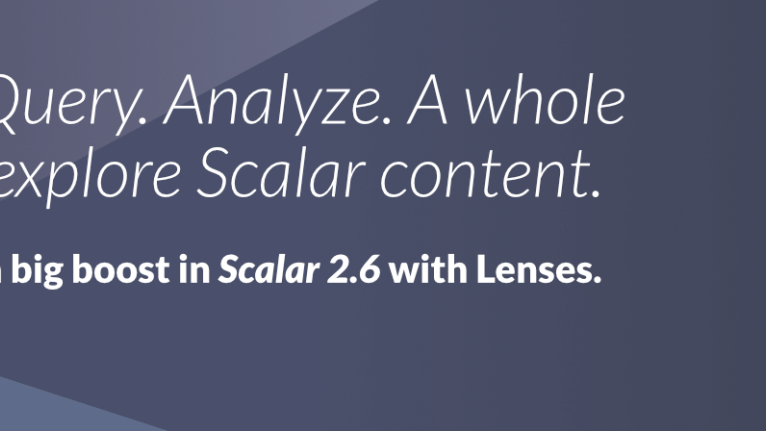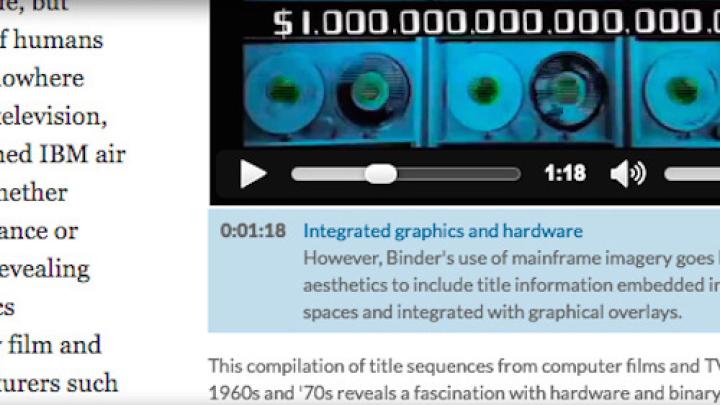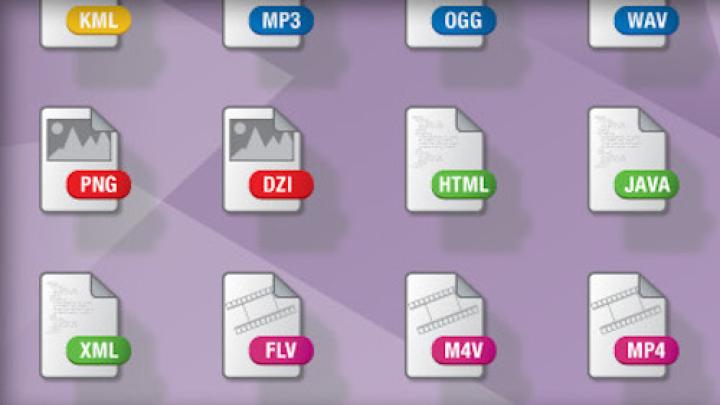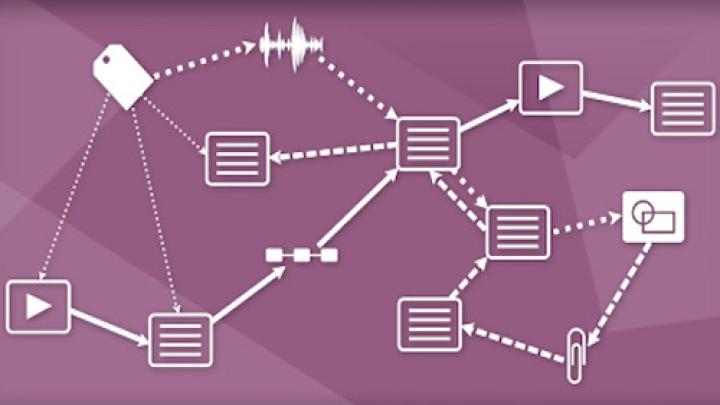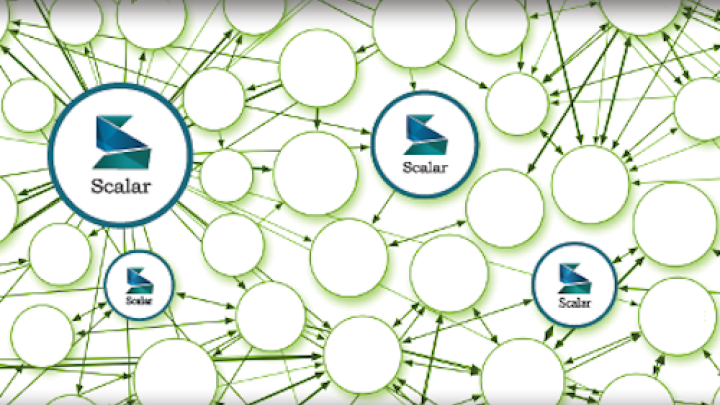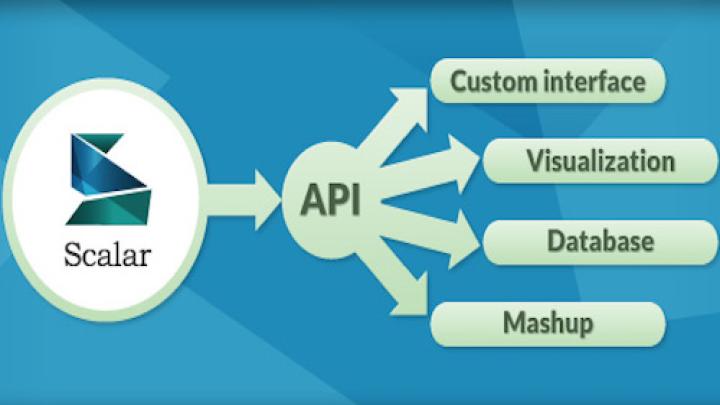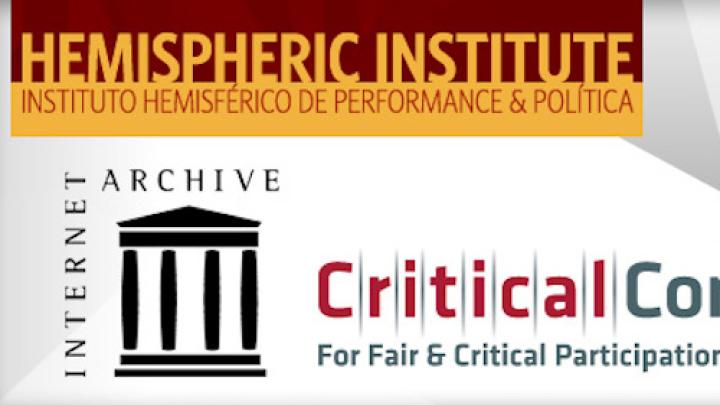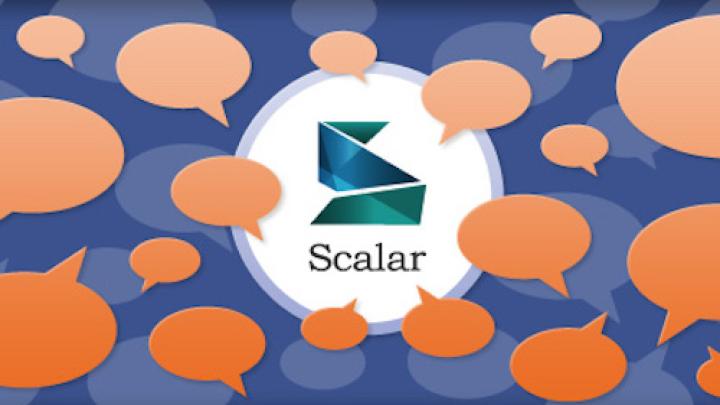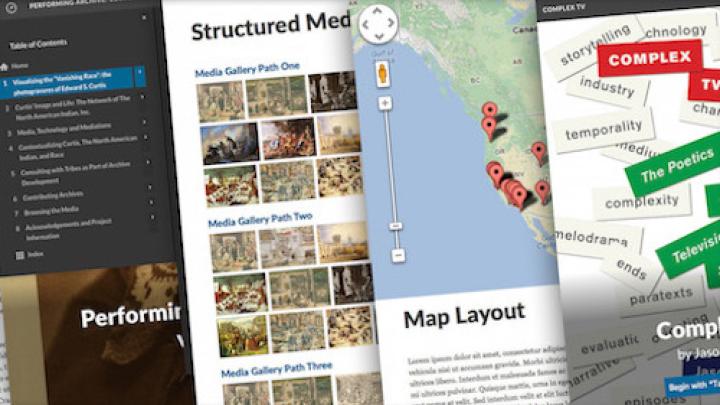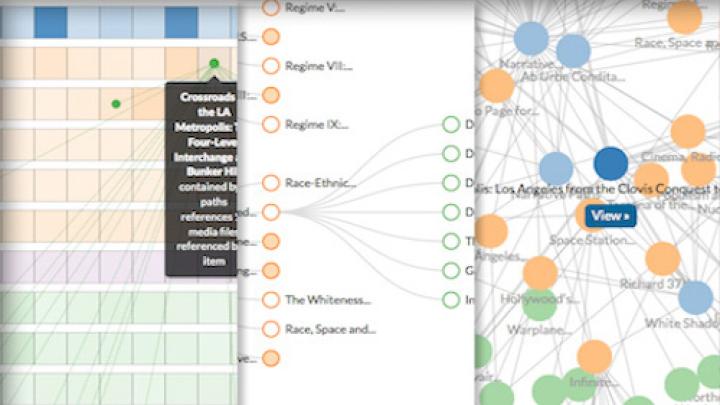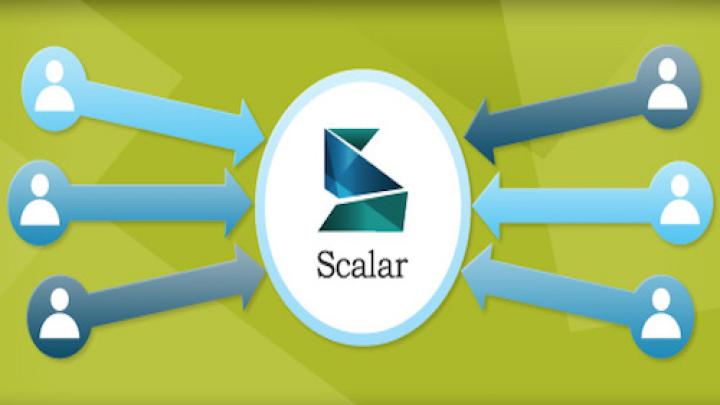Scalar is an authoring and publishing platform, supported by USC Libraries, Dornsife College of Letters, Arts, and Sciences, and the School of Cinematic Arts, and used by faculty and students in college and university courses worldwide to create born-digital, media-rich research projects and exhibitions.
As an authoring and publishing platform, Scalar gives authors the tools to assemble media from multiple sources, to juxtapose that media with their own writing in creative ways, and to craft works that take advantage of the unique capabilities of digital writing, including nested, recursive, and non-linear formats. The platform also supports collaborative authoring and reader commentary. Scalar is free to use and open source.
Ahmanson Lab staff support the design and development of Scalar projects across USC. See past Scalar projects on which the Lab has collaborated.
The Lab offers programmatic support for faculty who wish to use Scalar in their courses. Faculty can apply here.
The Lab also offers an annual Summer Scalar Institute designed for librarians (and others) who wish to support the use of Scalar on their own campuses.
Specializing in richness, depth, experimentation, and understanding.
Scalar is a free, open source authoring and publishing platform that’s designed to make it easy for authors to write long-form, born-digital scholarship online. Scalar enables users to assemble media from multiple sources and juxtapose them with their own writing in a variety of ways, with minimal technical expertise required.
More fundamentally, Scalar is a semantic web authoring tool that brings a considered balance between standardization and structural flexibility to all kinds of material. It includes a built-in reading interface as well as an API that enables Scalar content to be used to drive custom-designed applications. If you’re dealing with small to moderate amounts of structured content and need a lightweight platform that encourages improvisation with your data model, Scalar may be the right solution for you.
Scalar also gives authors tools to structure essay- and book-length works in ways that take advantage of the unique capabilities of digital writing, including nested, recursive, and non-linear formats. The platform also supports collaborative authoring and reader commentary. The ANVC’s partner presses and archives are now beginning to implement Scalar into their research and publishing workflows, and several projects leveraging the platform have been published already.
Scalar is a project of the Alliance for Networking Visual Culture (ANVC) in association with Vectors and IML, and with the support of the Andrew W. Mellon Foundation and the National Endowment for the Humanities.
